Soluções
A Horse Construction oferece uma ampla gama de materiais de reforço estrutural, incluindo suporte técnico, suporte de documentação, suporte de produtos, suporte de software e suporte de projeto.
CFRP Strengthening
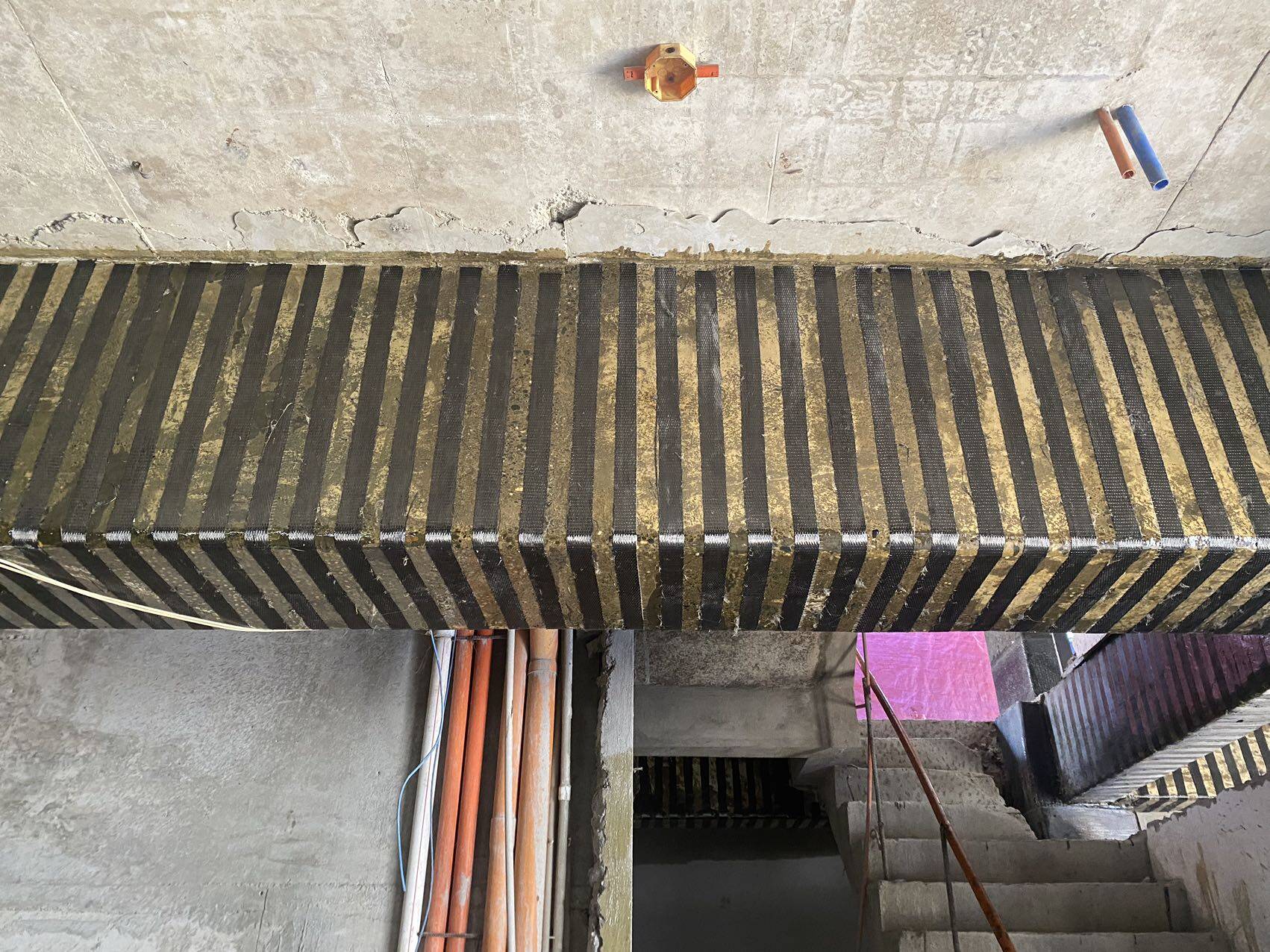
Structural member strengthening with bonded fiber composite materials is a technique used to enhance the load-bearing capacity and performance of existing structures. Bonded fiber composites, such as carbon fiber reinforced polymer (CFRP) or glass fiber reinforced polymer (GFRP), are lightweight and high-strength materials that can be applied to strengthen various structural elements, including beams, columns, slabs, and walls.
The process of strengthening structural members with bonded fiber composites typically involves the following steps:
Surface Preparation: The surface of the structural member to be strengthened is prepared by removing any loose or deteriorated material, cleaning, and roughening the surface. This step ensures proper adhesion between the composite material and the existing structure.
Bonding Adhesive Application: An appropriate bonding adhesive is applied to the prepared surface. The adhesive acts as a bonding agent between the existing structure and the fiber composite material.
Composite Material Installation: The fiber composite material, such as CFRP or GFRP sheets or strips, is positioned onto the bonding adhesive while it is still tacky. The composite material is carefully aligned with the structural member's axis and applied with sufficient pressure to ensure good contact and adhesion.
Curing and Bonding: The bonding adhesive is allowed to cure, forming a strong bond between the structural member and the composite material. This curing process may involve the application of heat, pressure, or a combination of both, depending on the specific adhesive and composite material being used.
Structural Integration: Once the bonding adhesive has fully cured, the strengthened structural member becomes an integral part of the composite system. It benefits from the increased strength and stiffness provided by the bonded fiber composite material.
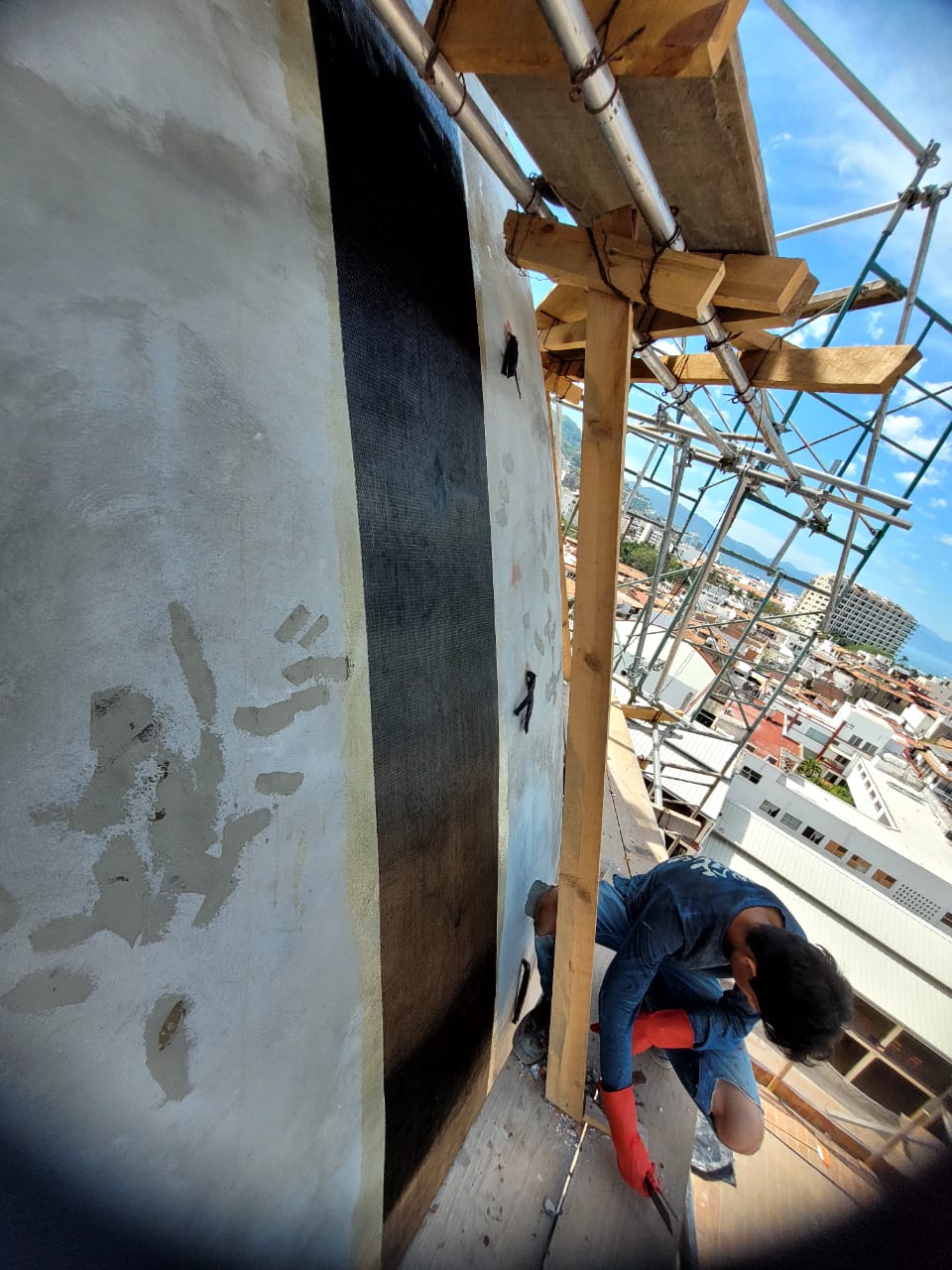
The use of bonded fiber composite materials for structural member strengthening offers several advantages, including:
Increased Load-Carrying Capacity: The addition of fiber composites enhances the structural member's strength, enabling it to carry higher loads and resist deformation.
Lightweight Solution: Fiber composites are lightweight compared to traditional strengthening methods like steel plates or concrete jackets. This reduces additional dead load on the structure.
Durable and Corrosion-Resistant: Fiber composites are highly resistant to corrosion, making them suitable for both indoor and outdoor applications.
Minimal Disruption: The strengthening process is relatively non-intrusive, causing minimal disruption to the occupants or operations within the structure.
Design Flexibility: Fiber composites can be tailored to specific strengthening requirements, allowing for customized solutions based on the structural member's needs.
Você pode encontrar tudo o que precisa aqui. Confie e experimente esses produtos, você vai perceber uma grande diferença depois.
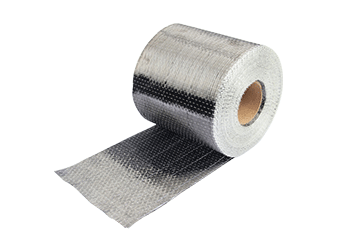
A fibra de carbono da Horse Construction é para reforço estrutural, reparo e modernização de substratos de concreto, alvenaria, aço e madeira em edifícios, pontes, rodovias, ferrovias, túneis, píeres e aeroportos civis.
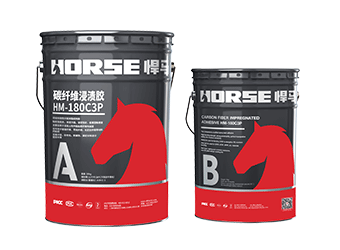
Boa impregnação, adesivo de fibra de carbono HM-180C3P para aplicação de fibra de carbono em estruturas para reforço estrutural
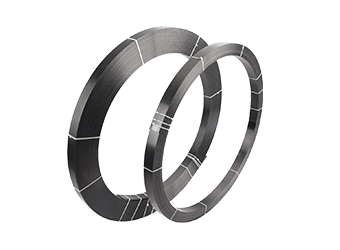
O laminado de polímero reforçado com fibra de carbono Horse (CFRP) é um laminado composto pré-curado, colado na estrutura como reforço externo com epóxi HM-120CP.